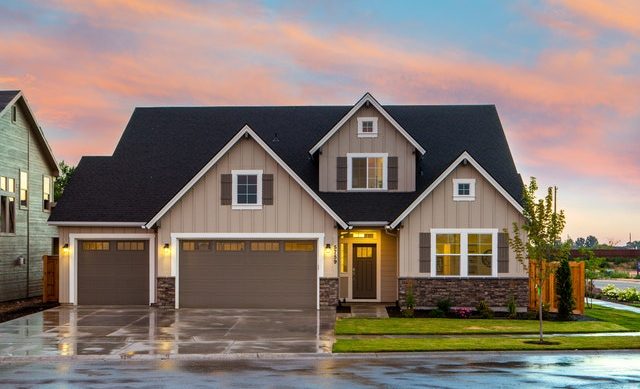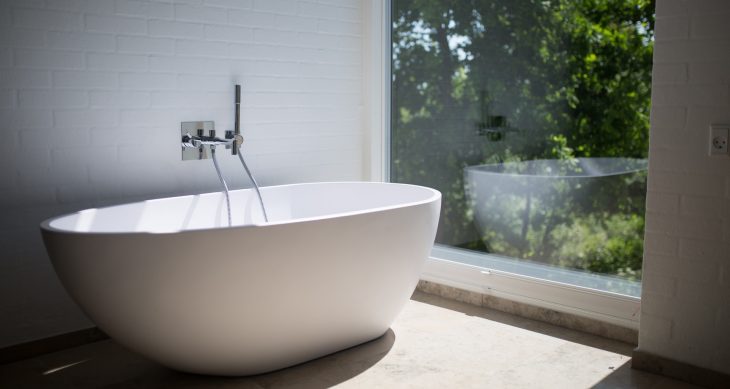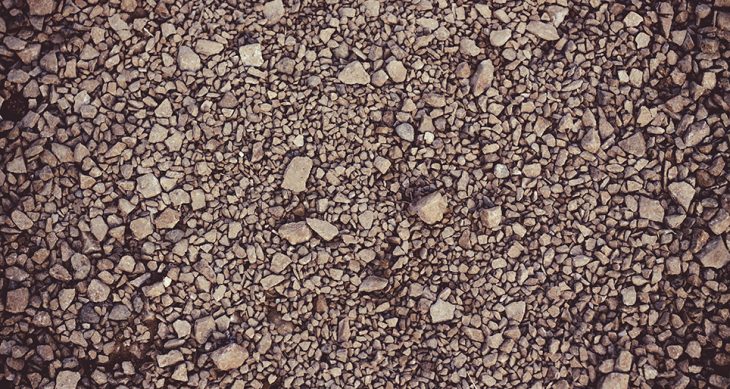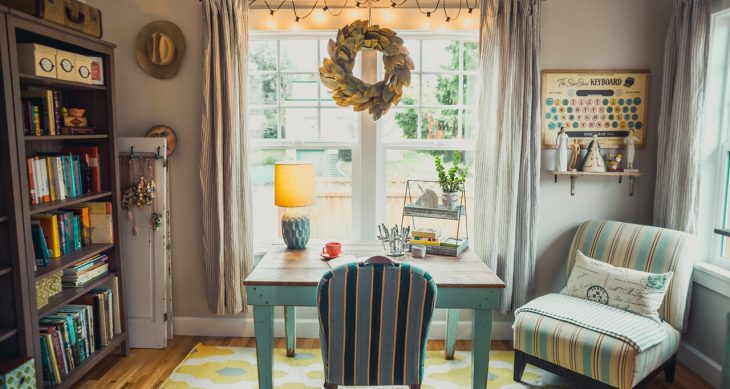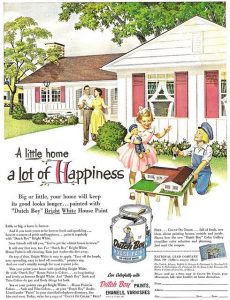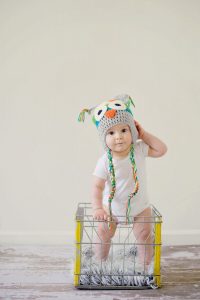
- Posted on
- Comments 1
How To Baby-Proof Your Home
Hazards and threats to safety are daily life challenges that we encounter. However, innocent children must have a safe environment to play. Usually, before babies are nine months old, they’ll learn to crawl and wander from one end of the room to another. Parents and guardians must eliminate potential baby hazards. However, baby-proofing your home before babies are born is a proactive way to prevent fatal accidents. Here’s a list of the things to consider when making the child-proofing checklist before you have to look into DIY property sales.

Plug Electrical Outlets
Crawling babies and toddlers can get their tiny fingers on anything that looks handy. However electrical plugs and live wires are not ideal toys for play. Purchase plastic outlet covers that require firm grip of both hands to pull off. The spring-loaded outlet covers prevent babies from inserting their tiny fingers into dangerous socket holes in the wall. More so, you can use heavy furniture to block electrical outlets. Hide electrical cords and plugs behind furniture. When crawling babies find no space to maneuver, it’s natural that they will move away.
Keep Out of reach
Lock up hazardous items, and keep them out of reach. Apart from hazardous products, keep medicines away from the reach of crawling infants. Toddlers and infants are fond of picking objects and putting them in their mouths. Detergent, bleach, alcohol, paint, and laundry soap can cause harm within minutes of ingestion. So, everything that poses a danger to human life must be locked up in cabinets. Apart from securely keeping toxic household products away from infants, these items should be placed on a height that children can’t reach. Kitchen and dining utensils should be kept safely after use. Keep breakables, knives, heavy and sharp utensils out of their reach.
Keep the Floor Clean
Proper hygiene is a golden rule that keeps us healthy. Babies are not immune from germs; instead, they are very prone to infections. Keep floors and surrounding clean; your indoor environment should be free from insects, chemicals, and pests. Disease-carrying organisms can cause discomfort, allergies or infections. An untidy indoors floor is a breeding ground for microscopic organisms that cause hazards. Always sweep, vacuum, and mop the floor with the use of disinfectants.
Fall Prevention
It’s a high risk to leave crawling infants alone on beds or sofas. Even to let them rest unaided on a table or chair is a safety threat. They can also tumble down the stairs while crawling. Install baby gates at the bottom and top to block stairways to prevent staircase falls. Also, install window guards on windows from which they can fall. As infants grow into toddlers and become more adventurous climbers, the risk of falling off the stairs is reduced.
Burns and Skid Accidents
The kitchen and fireplace are no-go areas for toddlers because of the risk of burns. Also keep hot drink and food away from the edge of dining tables. Restrict easy access to floor heaters, and bathtubs to prevent accidents. Some adventurous infants can crawl to the bathroom and get hurt. Even when you feel confident, don’t make the mistake of leaving infants in the bath unsupervised. So, install toilet seat locks, and place non-slip mats in the bathroom. Head injuries can cause internal bleeding and loss of consciousness.
Attach Corner Guards to Furniture
The transition of a crawling a walking for infants is done with stable supports. In the absence of toy walkers, the baby is tempted to use any object for support. A baby crawling on the floor often uses furniture to attempt a standing position. Unfortunately, there’s a risk of toppling over when the infant uses unstable support. More so, there’s the risk of body injuries from sharp edges of steady furniture. Always attach corner guards to the edges of bookcases, coffee tables, and dressers. Take the time to browse private real estate listings for ideas on how the may protect their house.

